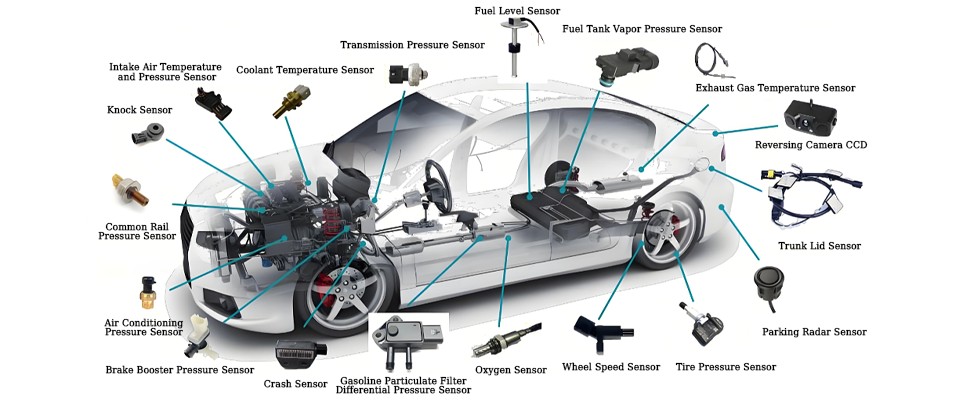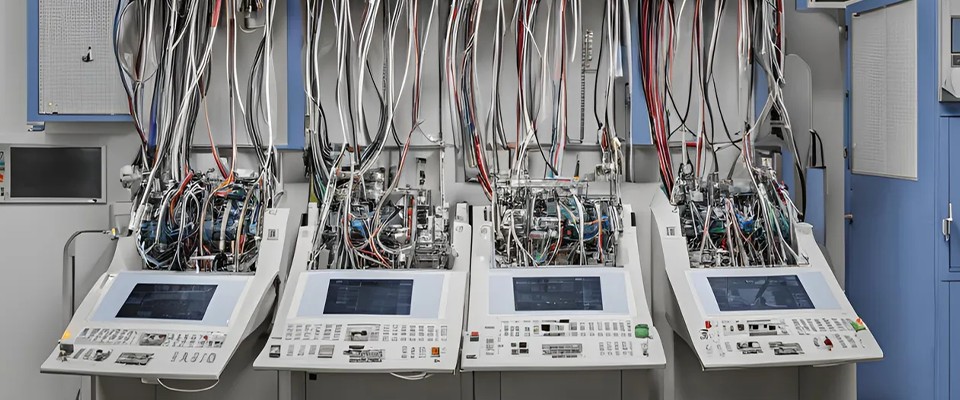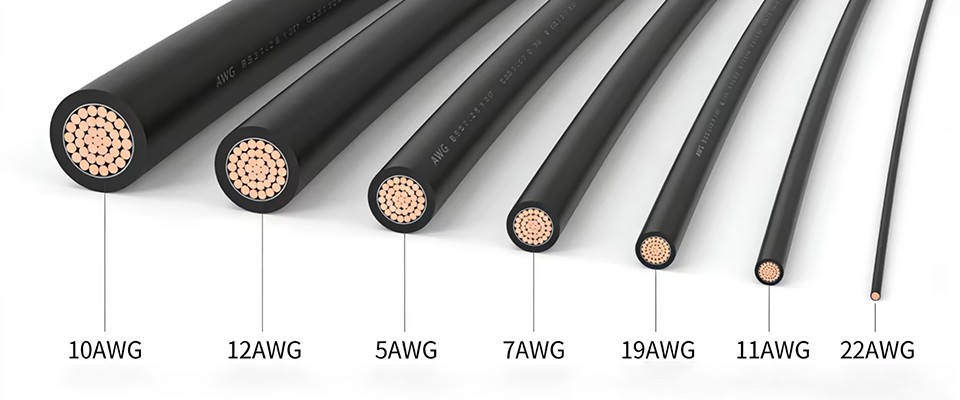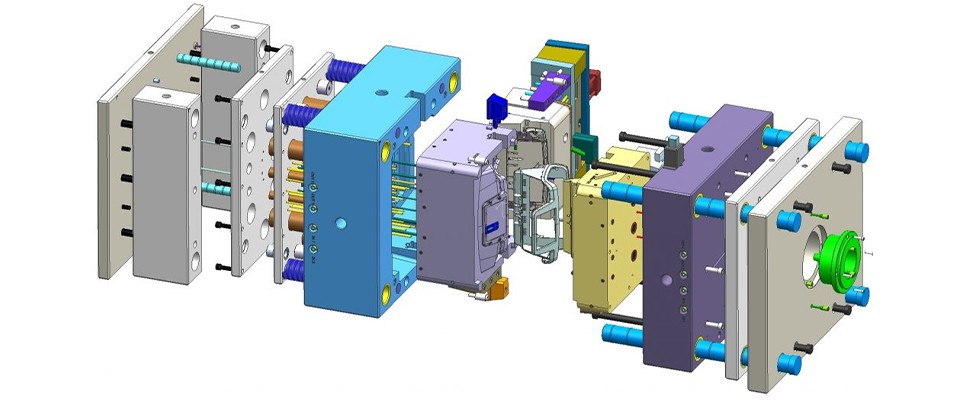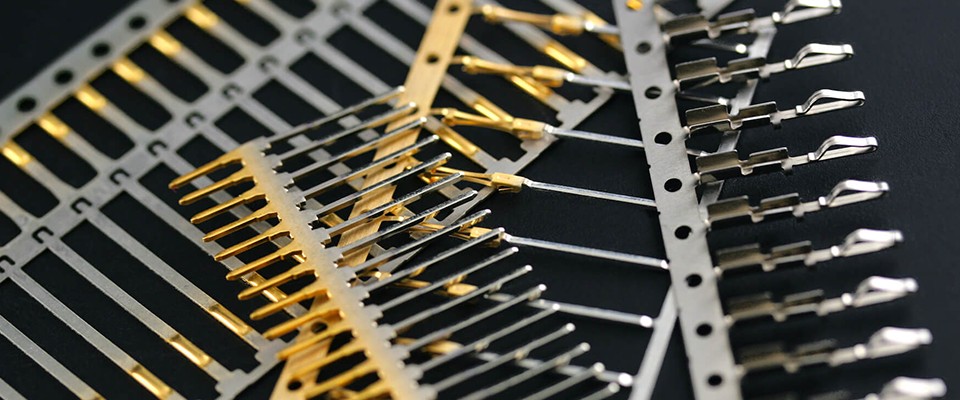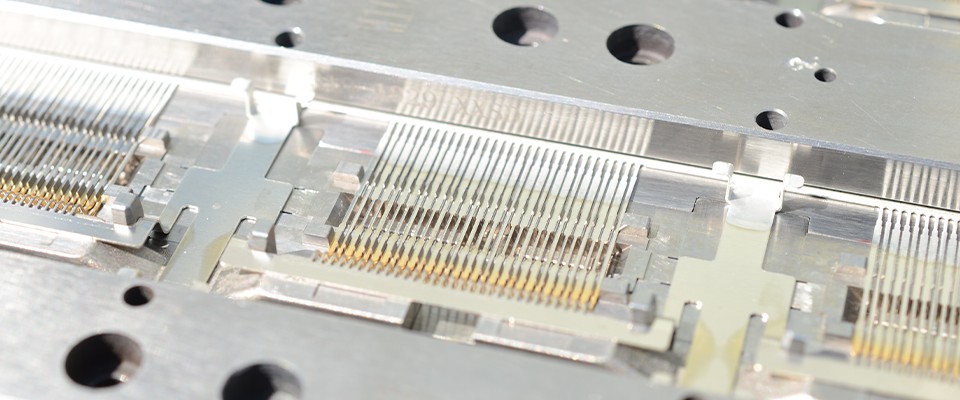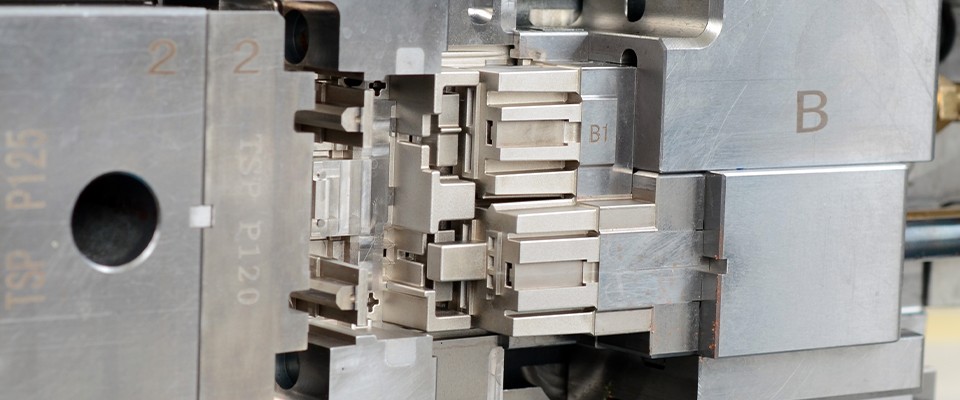Introduction
Modern vehicles are equipped with dozens—sometimes over a hundred—different sensors. These devices measure parameters such as temperature, pressure, position, speed, and chemical composition, providing critical data to the Electronic Control Unit (ECU) for controlling engine performance, safety systems, and comfort features.
This article provides a clear, engineering-level overview of the most common automotive sensor types, the signals they generate, and their role in vehicle operation.
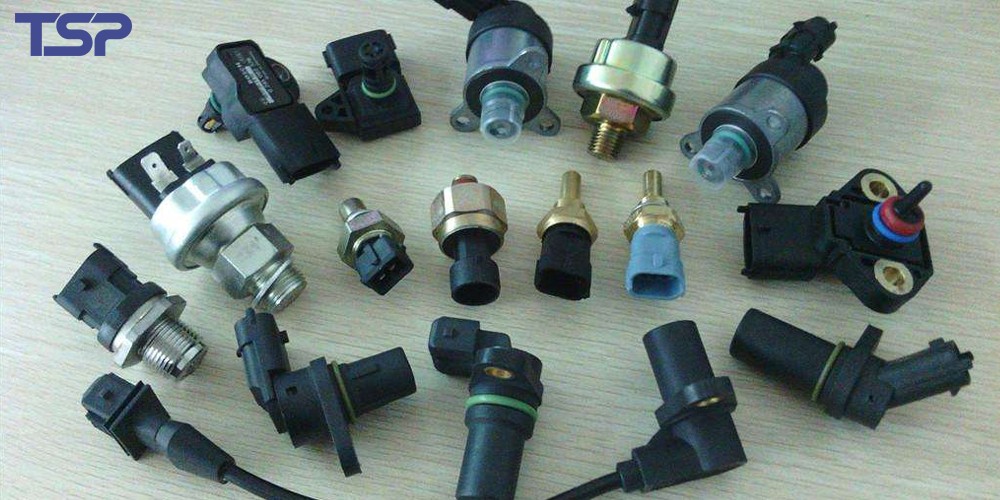
1. Common Automotive Sensor Types
1.1 Oxygen Sensor (O₂ Sensor)
Function: Measures oxygen levels in exhaust gases to help the ECU maintain the ideal air-fuel ratio.
Signal Type:
Narrowband: ~0.1–0.9V
Wideband: 0–5V
Application: Engine efficiency and emission control.
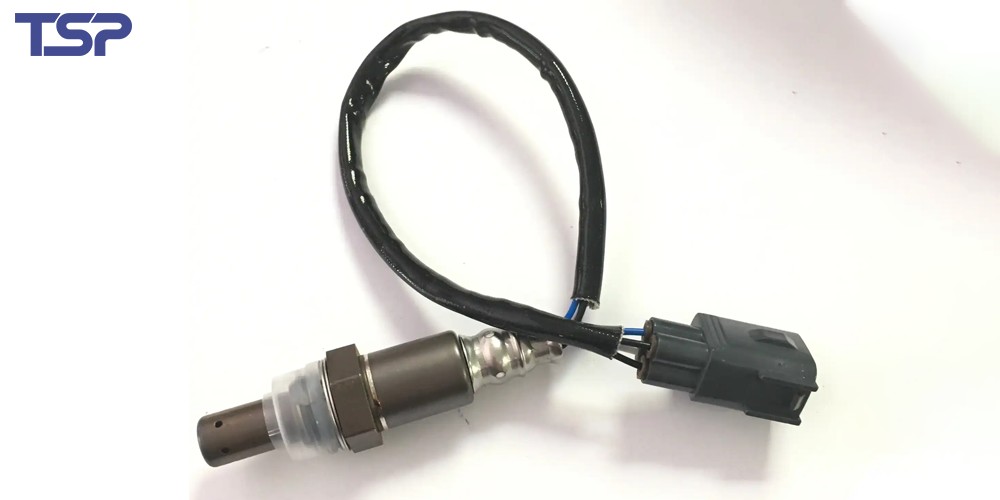
1.2 Mass Air Flow (MAF) Sensor
Function: Measures the volume and density of air entering the engine.
Signal Type: Analog voltage (0–5V) or frequency signal.
Application: Fuel injection control.
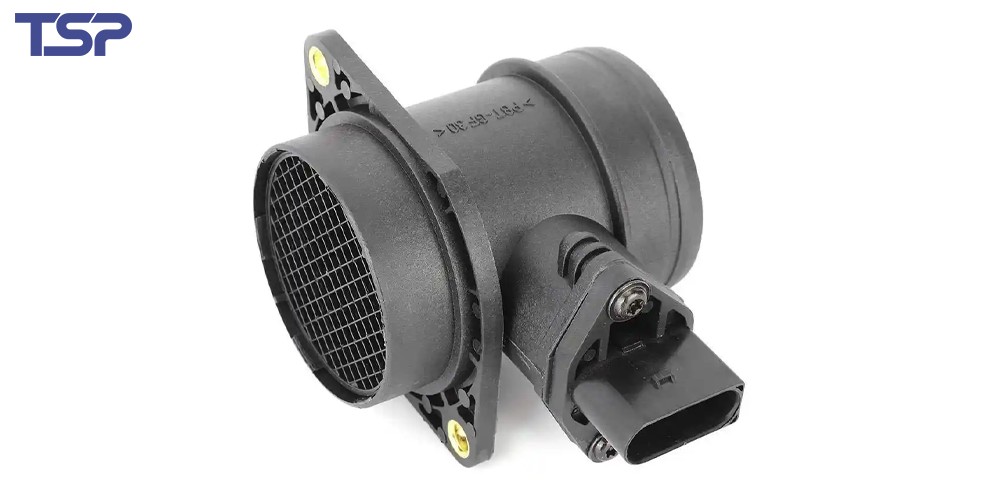
1.3 Manifold Absolute Pressure (MAP) Sensor
Function: Detects pressure in the intake manifold.
Signal Type: Analog voltage proportional to pressure.
Application: Engine load calculation.

1.4 Throttle Position Sensor (TPS)
Function: Tracks the position of the throttle valve.
Signal Type: Variable voltage (0–5V).
Application: Acceleration control and idle management.
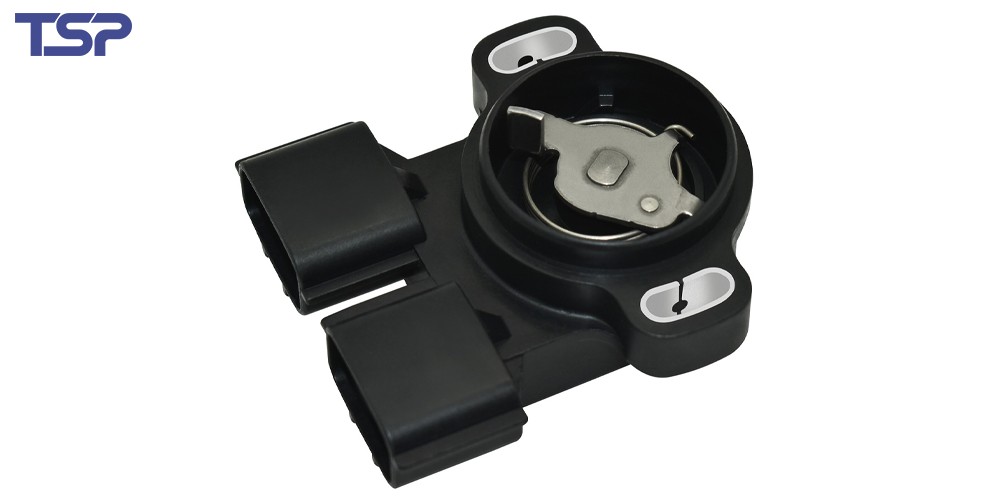
1.5 Engine Coolant Temperature (ECT) Sensor
Function: Measures engine coolant temperature.
Signal Type: Resistance change (NTC thermistor).
Application: Fuel mixture adjustment, overheat protection.
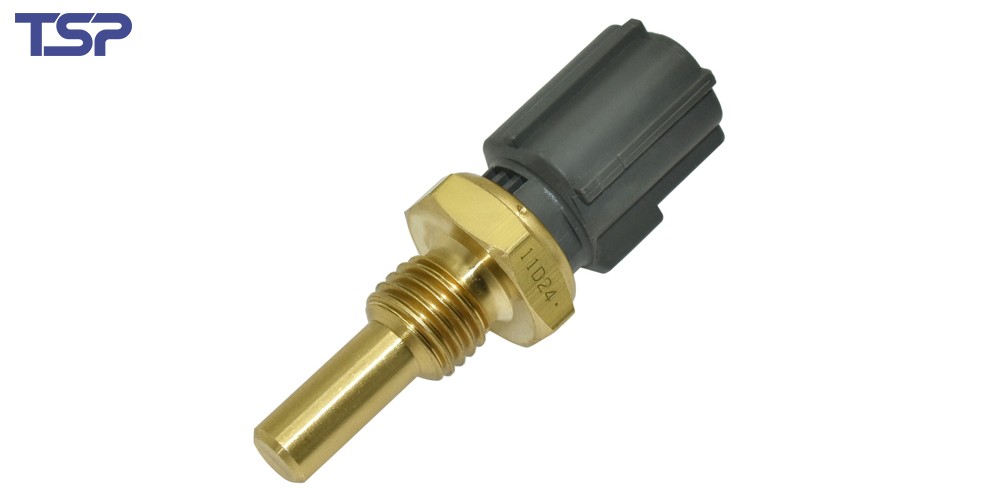
1.6 Crankshaft Position Sensor
Function: Monitors crankshaft rotation speed and position.
Signal Type: Digital pulse (Hall effect or magnetic).
Application: Ignition timing, fuel injection synchronization.
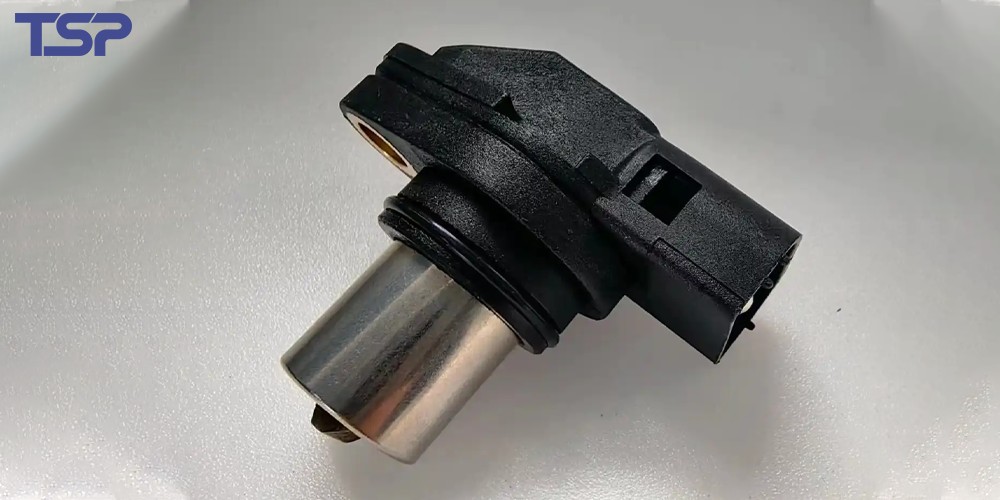
1.7 Camshaft Position Sensor
Function: Tracks camshaft position relative to crankshaft.
Signal Type: Digital pulse.
Application: Valve timing control.

1.8 Wheel Speed Sensor (ABS Sensor)
Function: Detects wheel rotation speed.
Signal Type: AC voltage or digital square wave.
Application: Anti-lock braking and traction control.
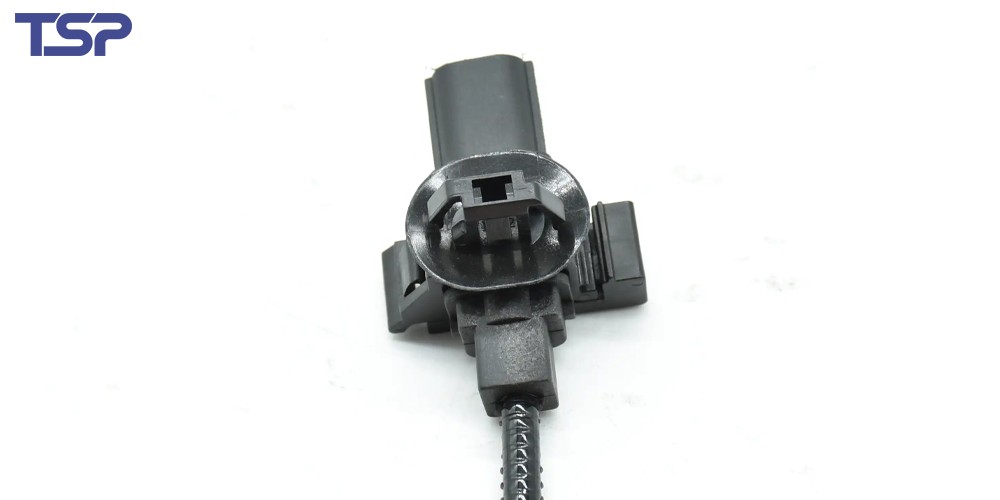
1.9 Knock Sensor
Function: Detects engine knocking or detonation.
Signal Type: Voltage generated by piezoelectric element.
Application: Ignition timing adjustment.
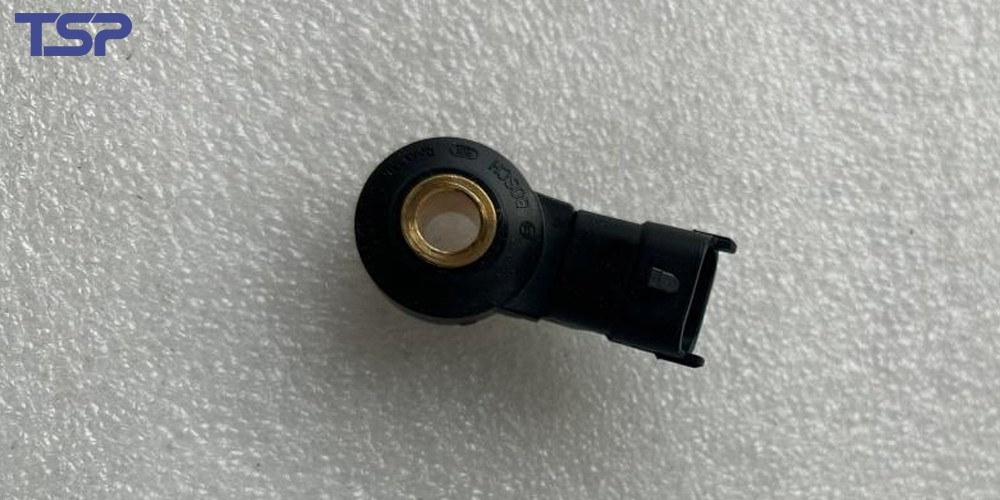
1.10 Advanced Driver Assistance System (ADAS) Sensors
Function: Provide environmental awareness.
Types: Radar, LiDAR, ultrasonic, and camera sensors.
Signal Type: Digital data streams.
Application: Adaptive cruise control, lane-keeping, collision avoidance.
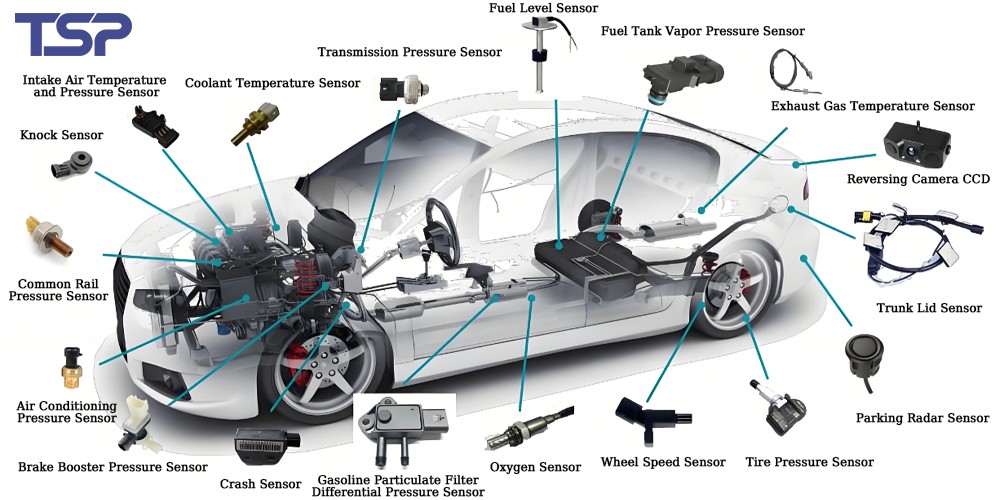
2. Understanding Automotive Sensor Signals
Automotive sensors output different signal formats depending on the type and measurement method:
Signal Type Examples Notes Analog Voltage TPS, MAP, MAF, O₂ Sensor Easy to process, but prone to noise. Frequency Some MAF and wheel speed sensors Less noise-sensitive. Resistance ECT, Intake Air Temperature (IAT) Requires voltage divider for ECU input. Digital Pulse Crankshaft/Camshaft position sensors Precise timing signals. Data Bus Radar, LiDAR, camera sensors Uses CAN, LIN, or FlexRay protocols. Signal integrity is critical—noise, interference, or voltage drop can cause incorrect ECU readings, leading to performance or safety issues.
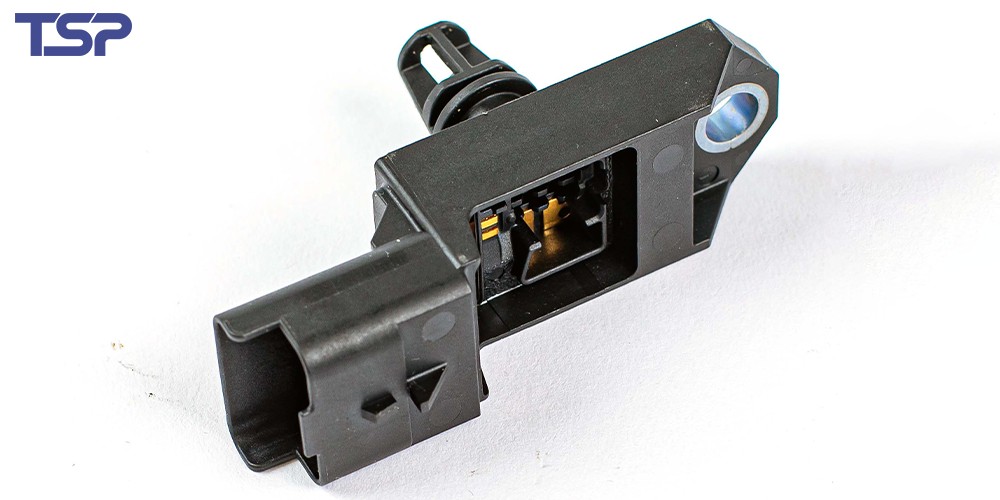
3. Trends in Automotive Sensor Technology
Miniaturization: MEMS technology allows smaller, lighter, and more reliable sensors.
Integration: Multi-function sensors reduce wiring and improve data processing.
Smart Sensors: Built-in microcontrollers perform pre-processing before sending data.
Advanced Materials: Improved durability for extreme temperatures and vibrations.
ADAS & Autonomous Driving: Increasing use of radar, LiDAR, and camera systems.
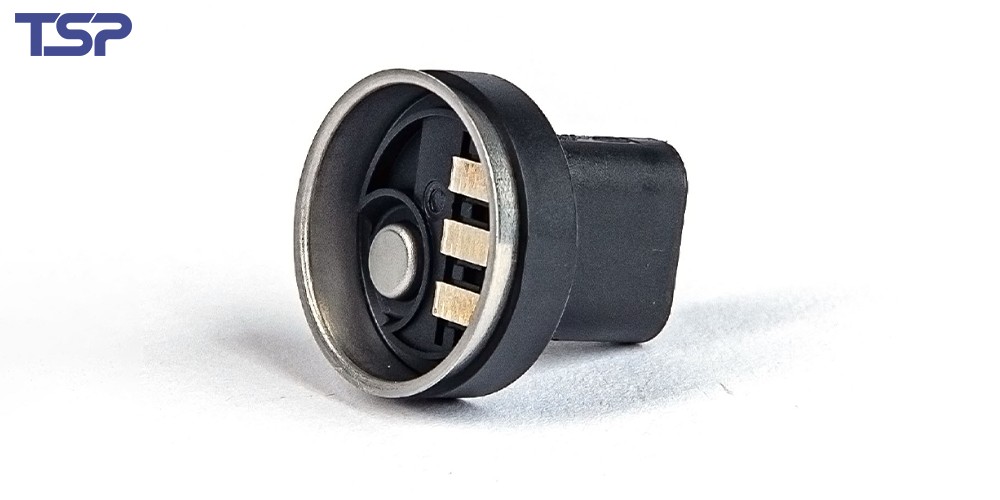
4. Conclusion
A solid understanding of common automotive sensor types and signals is essential for engineers, manufacturers, and system integrators. As vehicles become more connected and autonomous, the demand for accurate, fast, and reliable sensor data will only grow—making sensor design and manufacturing a critical part of the automotive industry’s future.
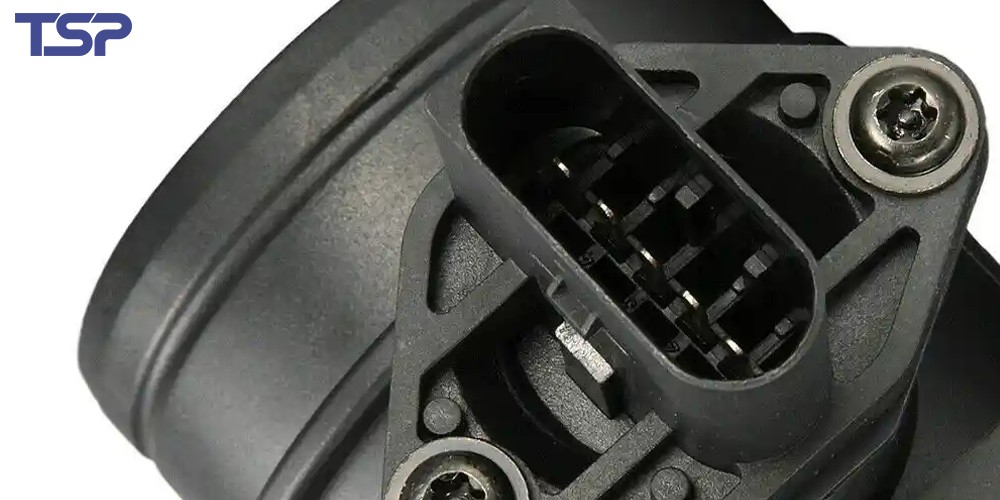
To read more: TSP Shanghai Achieves 1000KW Solar Power Milestone

